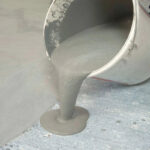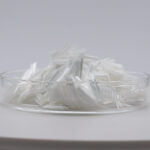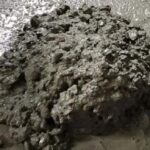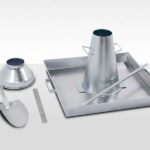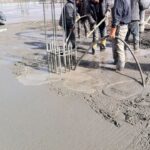The control of the effect of polycarboxylic superplasticizer is directly related to the quality of concrete。
Current Application of Concrete Water Reducers
Key Technologies in the Application of Polycarboxylic Superplasticizer
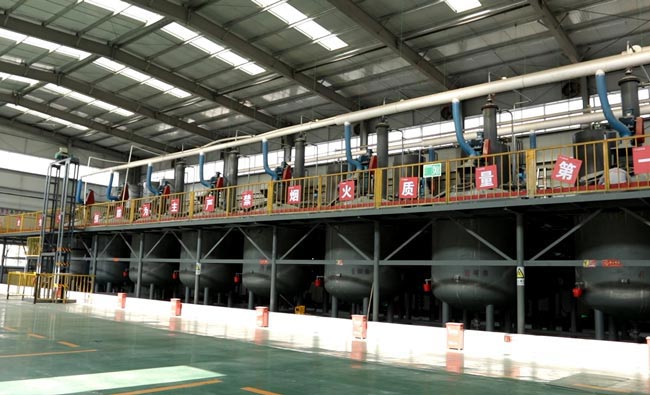
Modern construction technology is rapidly advancing. Ordinary concrete is gradually becoming commercialized and commoditized. People's requirements for the strength of concrete technology are getting higher and higher. Simply achieving the design strength of concrete is no longer sufficient to meet the needs of today's architectural development. Concrete must also meet environmental, durability, and other special requirements of engineering projects.

Current Application of Concrete Water Reducers
In modern concrete, commonly used water reducers mainly include polycarboxylic acid-based, naphthalene-based, and fatty acid-based water reducers. Different types of water reducers have their own advantages and disadvantages. Experimental results have shown that polycarboxylic acid-based water reducers have good performance in all aspects and their various performance indicators are superior to other types of water reducers.
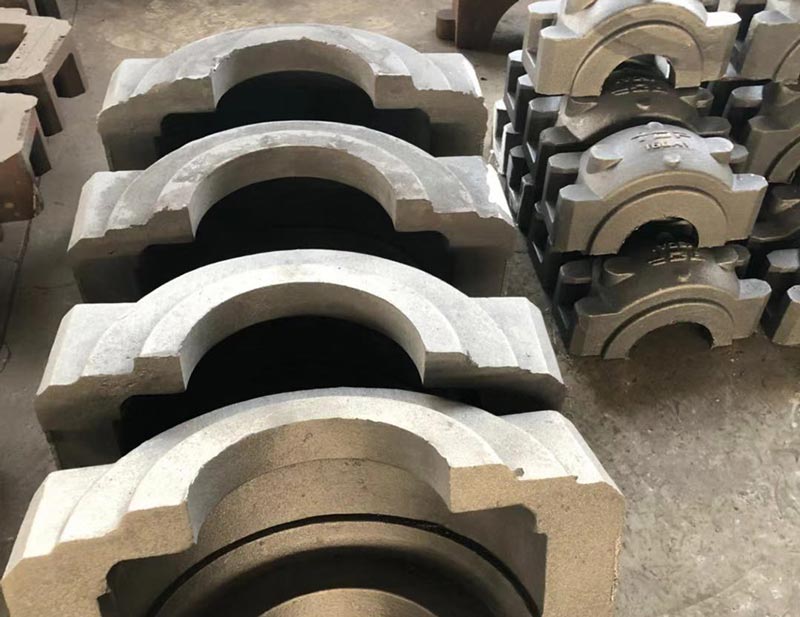
Key Technologies in the Application of Polycarboxylic Acid Water Reducers
Polycarboxylic acid-based superplasticizers have been widely used in various construction projects. Modern concrete has high requirements for admixture technology. When using polycarboxylic acid water reducers in concrete systems, the following key technologies should be considered:
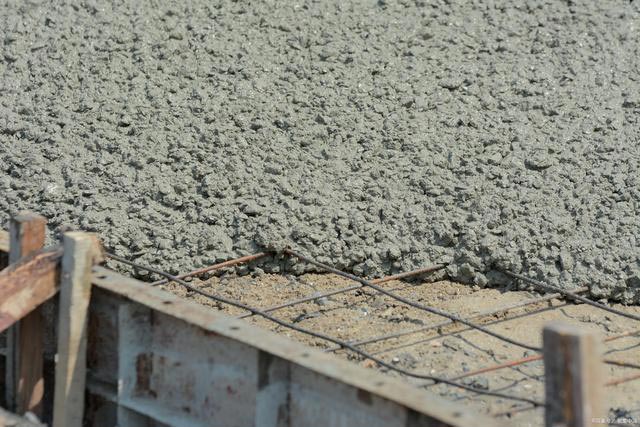
1. Compatibility technology of polycarboxylic acid-based water reducers. Polycarboxylic acid-based superplasticizers have unique structures and cannot be stored and used together with other water reducers.
2. Retardation technology of polycarboxylic acid water reducers. By using retarders during construction, the workability of concrete can be effectively extended.
3. Control of air content. Polycarboxylic acid-based water reducers have good air entraining effects and can be used with defoamers and air entraining agents. By controlling the air content through a sequence of defoaming and air entrainment, the workability and durability of concrete can be improved.
4. Control of sand and aggregate fines content. The fines content in sand and aggregates also affects the application effectiveness of polycarboxylic acid-based superplasticizers. If a large amount of fines is present in the construction process, it is advisable to use a polycarboxylic acid water reducer with clay resistance properties.
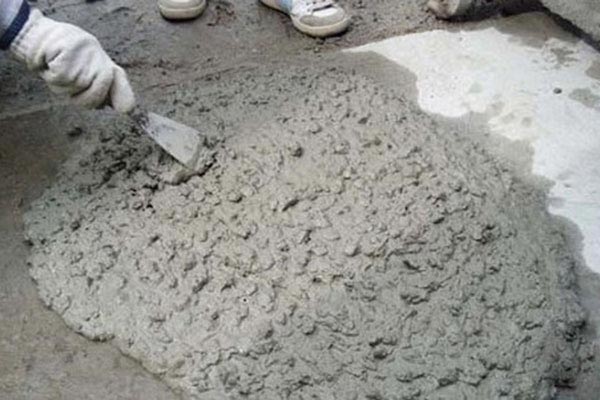
Polycarboxylic acid water reducers have a unique and flexible molecular structure, which can significantly improve the dispersibility of cement particles in concrete. As a result, concrete obtains efficient dispersion retention, reduced viscosity, and reduced shrinkage. The overall performance of concrete can be greatly improved and enhanced, making it an attractive option with great application prospects in various construction fields.
While polycarboxylic acid-based superplasticizers have outstanding advantages and strong potential in the use of concrete in construction projects, there are also many limitations and shortcomings. As users, we can take advantage of its advantages and improve its disadvantages to obtain the best results. Correctly understanding and applying polycarboxylic acid-based superplasticizers is crucial to achieve the best effects.


